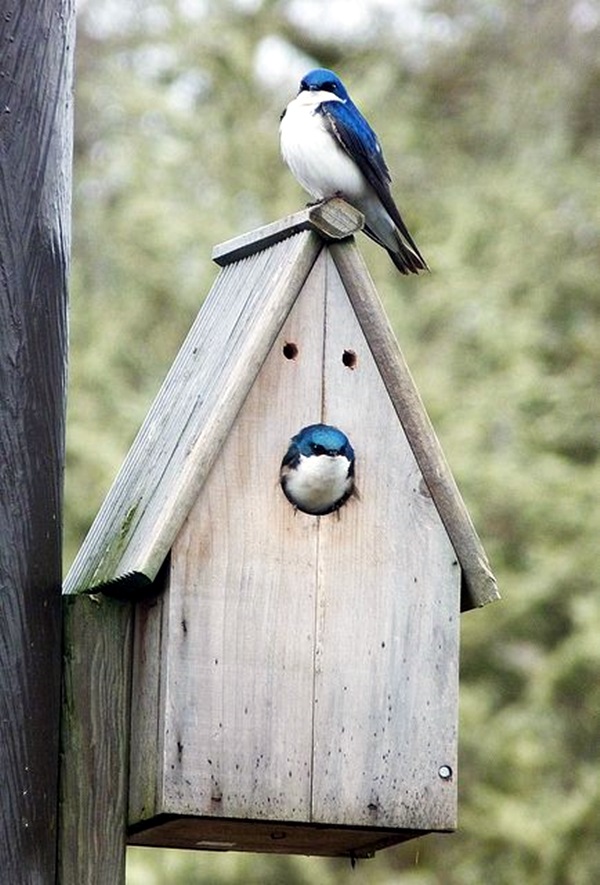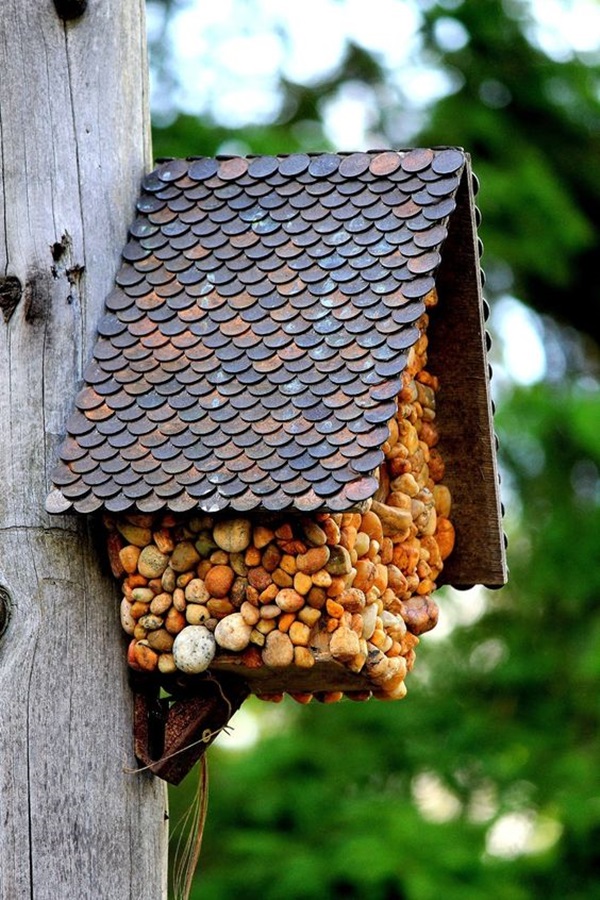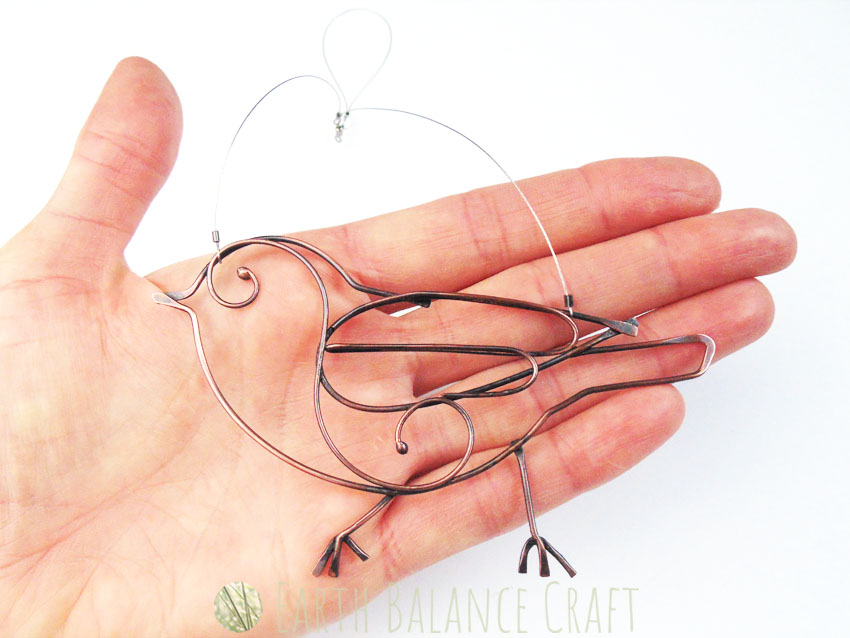

Depending on the species, some birds may prefer wooded, shady, or open grass areas. The location of the bird house is just as important as the size of the box in attracting specific birds. Because woodpeckers are woodland birds, they will be more likely to occupy birdhouses that are mounted on the trunks of mature trees in the middle of the woodlands. Woodpeckers – All woodpeckers nest in tree cavities, but northern flickers, red-headed woodpeckers, and downy woodpeckers also may take up residence in birdhouses. The shelter should be mounted in a location surrounded by natural habitat, including mature trees and grassy lawns for hunting earthworms. Birdhouses mounted on the trunk of a tree in a woodland of mature trees will bring owl occupancy either for nesting in early spring or for roosting in winter.Īmerican Robins – Because they often nest on ledges and downspouts on people’s houses, robins also may use a shelter that is a three-sided birdhouse. Screech-owls – Roosting owls will sit in entrance holes at dusk. These tree ducks look for houses that are in trees on or near lakes, rivers, or streams, to which they can lead their broods after the ducklings vacate the house. Wood Ducks – One of the few cavity-nesting ducks, wood ducks naturally nest in a tree cavity, but readily inhabit a house. A nearby utility wire may make the habitat even more attractive because purple martins like to perch on or near their houses. A long sweep of grassy lawn or field should surround the martin apartment house as these birds hunt insects on the wing.

They also like bird-houses made out of gourds. Purple Martins – Purple martins use apartment houses that accommodate numerous families. Their houses should be placed facing this kind of natural habitat. Like bluebirds, tree swallows like to catch their insect food above open fields or water. Tree swallows – A tree swallow house should be near water. These birds nest in dense natural habitat, such as thickets or stands of small trees.

Their houses are most acceptable if placed on a post that faces or is very near, an open field where they can find food.Ĭhickadees and Titmice – All species of chickadees and titmice will use birdhouses. Bluebirds feed their young insects they capture in open, grassy fields. Carolina wrens will go into a birdhouse that is well hidden in natural habitat.īluebirds – All three bluebird species (eastern, western, and mountain) will use a birdhouse. House wrens prefer their houses hanging from a small tree in the middle of a yard, or along the border of an open yard. Wrens – House wrens and Carolina wrens are among the easiest birds to attract to birdhouses.


 0 kommentar(er)
0 kommentar(er)
